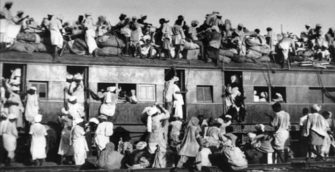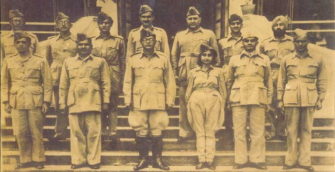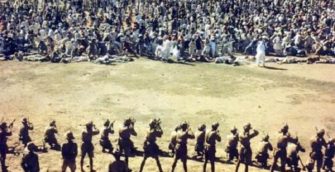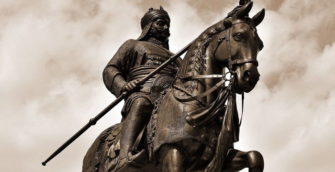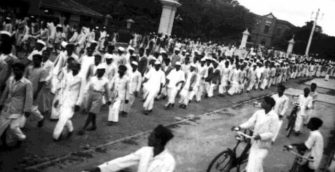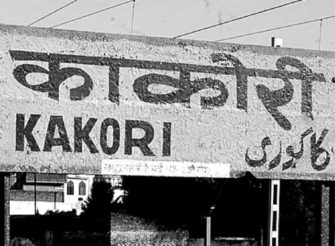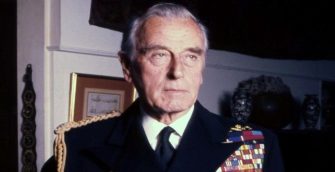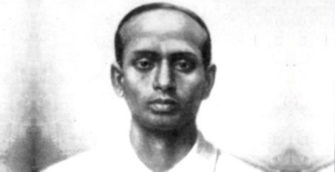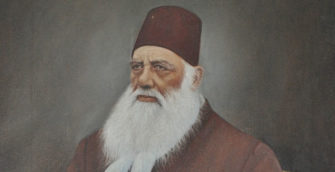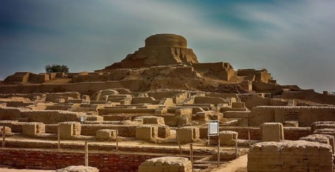The partition of India led to the partition of Bengal (1947) dividing the British Indian province of Bengal into two - the Hindu dominant West Bengal, and the Muslim dominant East Bengal.
History
Articles
The Indian National Army (INA), also known as Azad Hid Fauj, was formed by Indian nationalists during ‘World War II’ in South East Asia. Let’s take a look at its role in India’s struggle for independence.
Rowlatt Act severely curtailed the civil liberties of Indians. It enabled British government to jail anyone suspected of plotting to overthrow them for as long as two years without trial and also to try them summarily without any jury.
Maharana Pratap was a renowned Rajput warrior and a king of Mewar, Rajasthan, in north-western India. He is known for his bravery and incessant struggle against the mighty Mughal ruler Akbar.
The Quit India Movement was launched by Indian National Congress under the leadership of Mahatma Gandhi to force the British to withdraw from India. Let’s take a look at its historical background, impact and importance.
The Kakori Conspiracy refers to an armed train robbery that took place on August 9, 1925, at Kakori town in present-day Uttar Pradesh.
Louis Mountbatten was an officer of the British Royal Navy, who served as the last Viceroy of India.
Surya Sen was an Indian revolutionary who masterminded the daring Chittagong Armoury raid.
Abdul Ghaffar Khan was a Pashtun political leader who fought against the British occupation of India.
Sir Syed Ahmad Khan was an Indian Muslim pragmatist, philosopher, educator and Islamic reformist.
The Indus Valley Civilisation, also known as the Harappan Civilisation, is the oldest civilisation in Asia. Take a look at town planning, religious practises, languages, technology, arts and crafts, and the decline of the Indus Valley Civilisation!
The Simon Commission was constituted to suggest constitutional reforms for British India. Read to know why was it set up, its boycott, recommendations and results.
